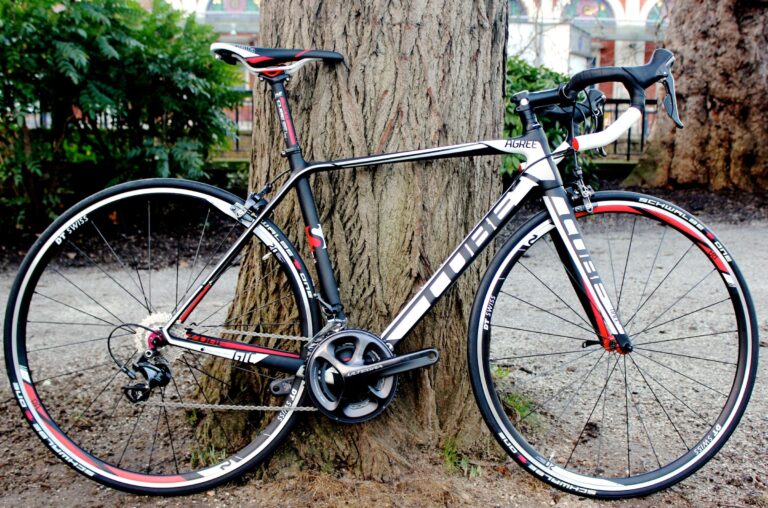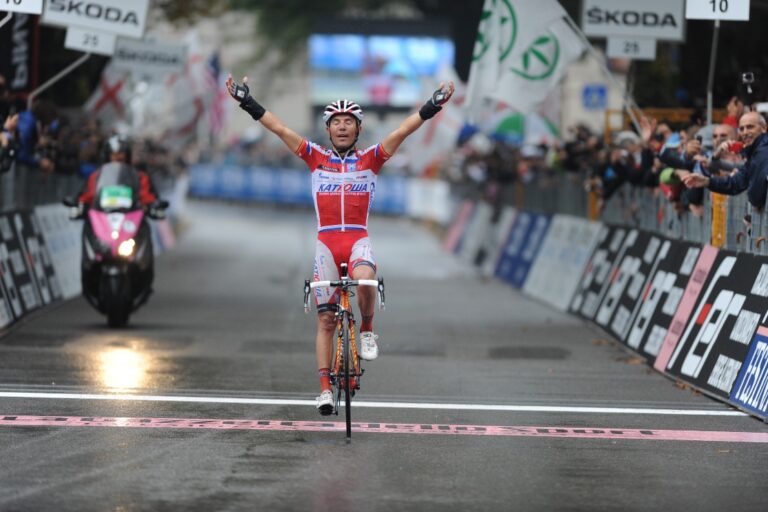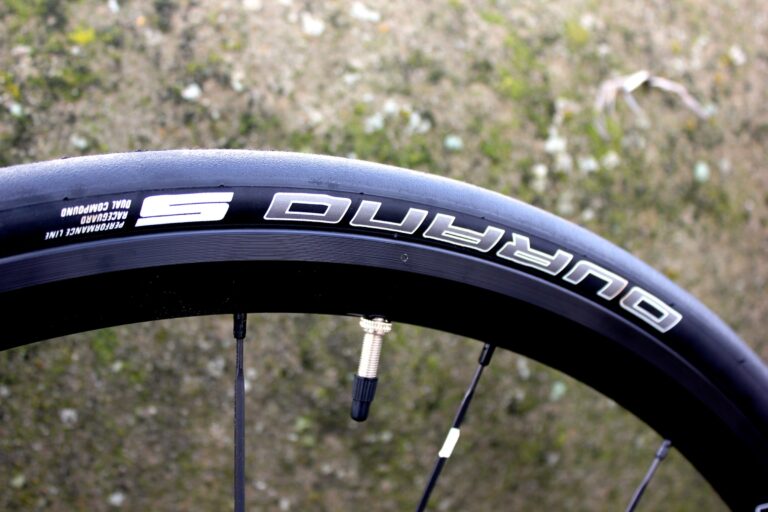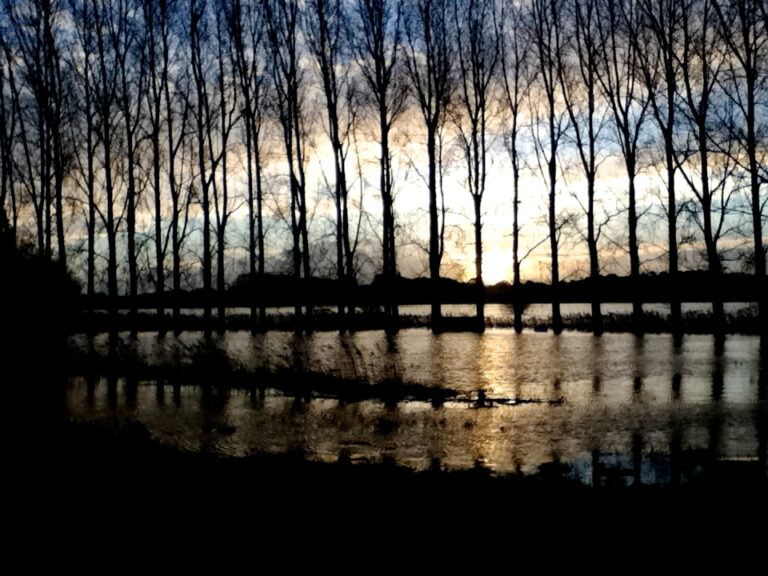7pm. Darkness. Street lights disgorge a soft, sodium glow: intermittent pools that, taken together, amount to something approaching a luminescent whole. Vehicles are all but swallowed by the night; only head and tail lights visible. The windows of the houses that line the side streets marking my exit from the town issue their own muted warmth, but I am leaving them behind.
I am ready. Darkness has added an electric charge to the coming ride. Tonight will be an adventure, not mere routine. I’ve fitted the bracket of the front light earlier in the day, read the operating instructions (for once, blissfully straight forward), and completed a precautionary charge. On my back, is a reflective Ortlieb rucksack. There’s nothing inside (tubes, energy bars and the like are stowed more firmly in jersey pockets), but it offers a large panel for car headlights to bounce off, more effective than any rear light. I have one of those too, of course, set to one of its numerous flashing modes.
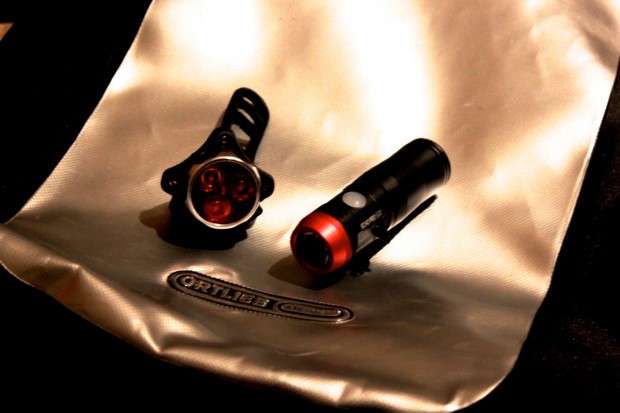
The front light is set to flashing mode, too: the fastest of the three available, an unmissable, rapid fire assault that I hope will attract the attention of even the most complacent motorist. It ricochets from the reflective panels of street signs far in the distance. There is little doubt that I can be seen.
Clear of the town at last, I turn from an urban road onto a rural one, leaving the street lights for a narrow, tree-lined tunnel that even in mid-summer is kept in darkness by its leafy canopy. I switch the beam from flashing to continuous. The emphasis has changed. Being seen, still a consideration, is no longer my priority. I need to see, and bereft of street lights, the flickering beam no longer offers flashes of light to alert the motorists’ attention, only patches of darkness.
Long experience tells me that the gradient of the road ahead will soon rise, but perhaps because I can no longer see it spiralling into the distance, only a section of it immediately ahead, it is harder to judge my effort. The road is damp and the slick tyres beneath me slither when I rise from the saddle. I sit down and drop the chain to the inner ring. The bigger gear is only hindering my progress. I weight the rear wheel, and hope for traction. I’m running Schwalbe’s Ultremo ZX tubeless rubber at a frankly unnecessary 100psi. I decide to stick with it for the rest of the ride and complete the experiment. Next time, pressures will be lower.
Houses, intermittent now for some miles, disappear completely as I head into deeper into the countryside, and with them the last remaining source of ambient light. I am now reliant entirely on the light mounted on my handlebars. Viewed from above, the beam looks like vapour: a thin tube of particles pouring from the lens in an unbroken stream, lost to the night within moments of breaking free.
My aversion to main roads increases. The few A roads that cut through the countryside in my part of the world are usually driven at breakneck speed, and motorists will not be expecting to meet a cyclist on a pitch black evening. The light and rucksack will be visible, but encountered at a closing speed of 80mph, could be of little use to me. I remain on the network of unlit rural side roads. The few cars I encounter are travelling little faster than I am. My headlight casts a warning far into the darkness, and in the stillness of the night, I can hear drivers ‘lift’ from the throttle as they approach.
The importance of a powerful light cannot be overstated. Other components are purchased to increase the pleasure of riding, but lights serve an infinitely more important purpose. Buy the most powerful you can afford, and use with consideration.

